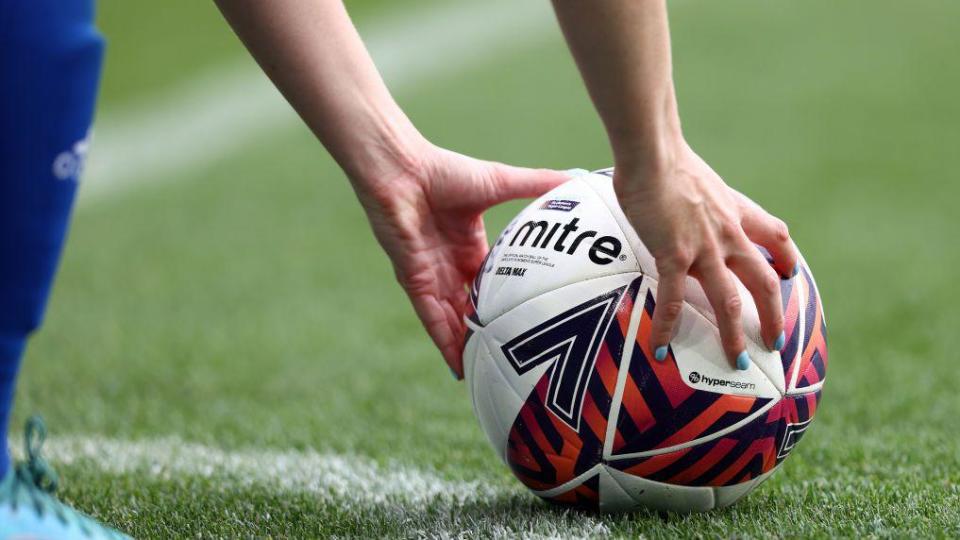New WSL study suggests menstrual cycle injury risk

New research monitoring a Women’s Super League club for three years suggests players are more likely to get injured at certain points of their menstrual cycle.
The study found the 26 players they monitored were six times more likely to pick up a muscle injury in the days leading up to their period, compared to when they were on their period.
Researchers from University College London (UCL), the University of Bath and St Mary’s University tracked players from a top WSL club in the first longitudinal study of its kind.
Despite being a relatively small sample size, the authors say the study - which is peer reviewed and published in 'Medicine & Science in Sports Exercise' - should be a “call to action” for further research and investment and reinforces the need to consider the menstrual cycle in elite sports.
“We did this long-term monitoring study, which is really rare in women's sports,” said Dr Georgie Bruinvels from UCL, a senior author of the study.
“To marry up injury data and menstrual cycles, it is novel yet it's crazy that other people aren't really doing it.”
Menstrual cycle symptoms are common and around two-thirds of elite female athletes feel these can have negative impacts on their performance, according to a recent BBC Sport survey.
In this study, 26 players were monitored with 593 cycles tracked across 13,390 days, in which time 74 injuries were recorded.
Ally Barlow, first author of the study and a physiotherapist at Chelsea said: “We need to build on this and try and understand if there is a trend. And if so what can we do about it? Maybe then we can mitigate injury risk moving forwards.”
Barlow believes more clubs should collect and pool their injury and menstrual cycle data, especially given the increased professionalism and investment in women’s football.
"When we look at the growth of women's football now there's so much more money coming into it," she said.
"So time-loss injuries are starting to have a really big burden on clubs. Maybe a couple of years ago, it was just about winning. But now there's a financial implication involved with it as well, so we need to understand more.”
The authors divided the cycle into four main phases in their study: menstruation, the mid-to-late follicular phase, the early-mid luteal phase and the pre-menstrual phase.
Each phase comes with hormonal changes that have the potential to influence different aspects of a woman’s health.
Dr Bruinvels said: “We called them four phases to help with breaking the taboo because people are so much more comfortable just saying phase one, two, three and four than - I'm on my period, I'm just about to start it.”
Analysis of the data found that players were six times more likely in the pre-menstrual phase and five times more likely in the early-mid luteal phase to experience a muscle injury, compared to when they were menstruating.
“’Everything you read about in the media is about being ‘on’ your period and getting injured on your period, and its detrimental effects to female footballers,” Barlow said.
“I think this really showed that actually this phase where people are on their period, what we call phase one was actually the lowest for injury risk.
"So I think it was just helping to break the taboo that it's not a case of either on your period or not, it's a whole cycle that you go through four phases.”
“I hope this will lead to better conversations between players and coaches to help break down some of the taboo around the menstrual cycle.”
Dr Bruinvels added: “I feel like the narrative needs to be in a way positive around this. We're seeing something, females are different. Females are more variable than males. But let's like do something about it and support our female athletes better.”

